Myths and Facts about the Largest Tributary of Ganga
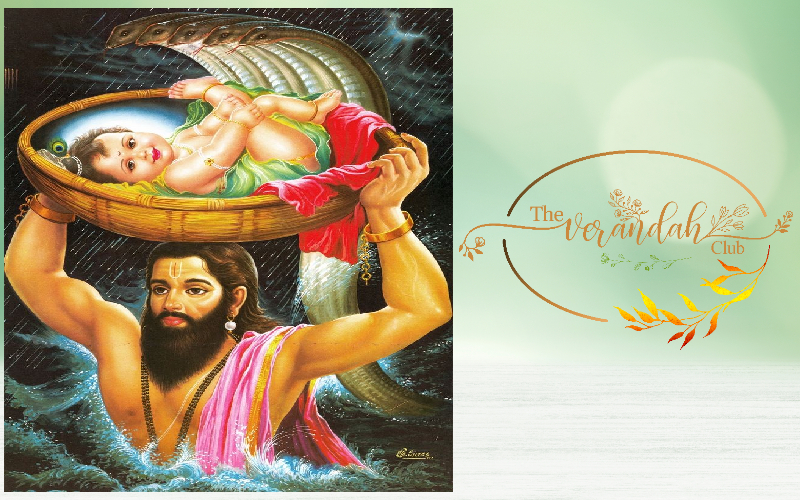
Lord Krishna was born in Mathura and his first journey was across the River Yamuna. His father Vasudeva carried him in a basket while placing it on his head in order to ensure that the child was safe. The Divine serpent, Adisesha, presented himself as the umbrella on that rainy night. Krishna and his friends grew up on the banks of River Yamuna. All his childhood pastimes were connected with this sacred river. He played with the Gopis, tamed the poisonous serpent, Kaliya, while frolicking on the ancient river. Therefore, Yamuna is extremely fortunate and therefore sacred. The cowherd past times of Krishna is connected with Yamuna. The followers of the Vaishnavaite Saint Vallabhacharya consider the River Yamuna to be extremely sacred, they call her as ‘Yamunaji’. Their prayers and festivals celebrate the river in a big way.
Delhi and its neighborhood are on the banks of River Yamuna. Hastinapura, Indraprastha etc., relate to this ancient water body. The fort at Agra and the Taj Mahal are found in the neighborhood of this great river. Yamuna is important in our culture, history, religion, and heritage. It is not just the biggest tributary of River Ganga, but also the largest tributary in our country. River Yamuna has witnessed a lot of history over thousands of years. We find the river in different Yugas and its antiquity is difficult to fathom. Our scriptures are full of references to River Yamuna. A complete book could be written about this subject.
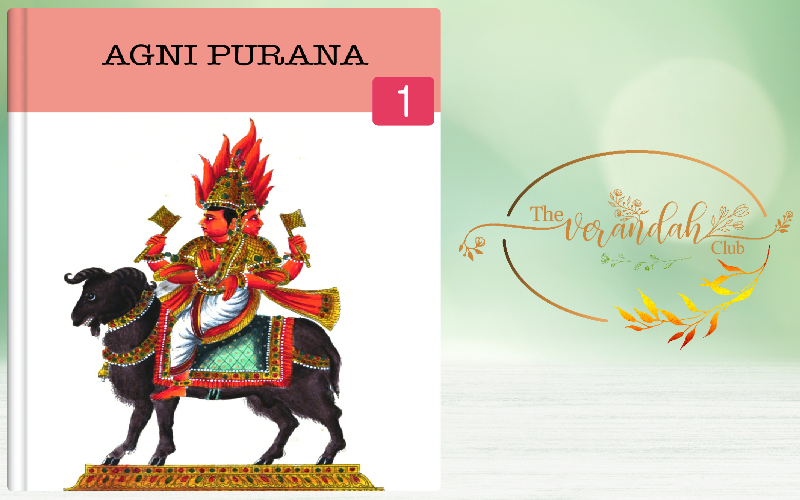
The 'Agni Purana' describes Yamuna as one who is dark-complexioned, standing on her mount, the tortoise, holding a water pot in her hand. This daughter of Surya and Saranyu, who is also known as Sanjana (Goddess of the clouds) and the twin sister of Yama has other brothers who include Vaivasvatha Manu, Ashwini twins, and Shani. Since she is the daughter of Surya, she is also known as, Suryatanaya, Suryaja, and Ravinandini. The 'Vamana Purana' tells us that Lord Shiva jumped into the Yamuna after the death of Sati and this sorrowful state turned Yamuna into a black river. Another legend states that Kaliya was the reason for Yamuna to turn dark.
The Yamuna is also pronounced as ‘Jamuna’. It originates from the Yamunotri glacier at a height of 6,387 metres above sea level. This glacier is located on the south western slopes of Bandarpoonch peaks (Uttarkashi District), Uttarakhand and the tributary stretches to 1,376 kilometres. The River has a drainage system covering an area of 366,233 square kilometres. It covers 40.2 % of the catchment basin of the Ganga Basin. The river merges with Ganga and Saraswathi at Prayagraj in Uttar Pradesh. This place happens to be the site for the ‘Kumbh Mela’, a Hindu festival which is held once in 12 years.
The 'Mahabharata' states that drinking the waters of Yamuna will help one to get absolved of his sins. The 'Padma Purana' talks about the stories of two brothers who were very indulgent and full of lust. Their habits reduced them to poverty and therefore they resorted to robbery for survival. The brothers died and went to the abode of Lord Yama. One of them was sentenced to hell and the other was sent to heaven. The astonished brother who was being sent to heaven wanted to know the reason behind his escape. He was told by Yama that his bathing in the river Yamuna during the two-month stay in the ashram of the sage had helped him. The first month of the stay had absolved him of his sins and the second month had got him a place in heaven.
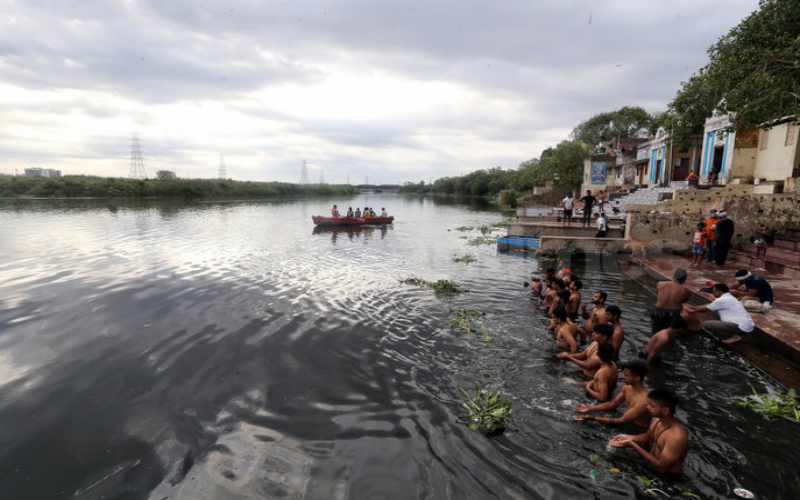
River Yamuna crosses several states. They include Haryana, Uttar Pradesh, while also passing by Delhi. Of course, it goes through Uttarakhand. It meets several of its tributaries on its way. They include Tons, Chambal (its longest tributary and it has its own large basin), Sindh, Betwa, and Ken. It passes through Paonta Sahib town and then flows along the boundary of Haryana and Uttar Pradesh and after exiting Haryana, it moves towards Prayagraj, which is also known as ‘Triveni Sangam’. The Yamuna has created the highly fertile alluvial Yamuna - Ganga Doab region between itself and the Ganga in the Indo-Gangetic plain. About 60 million people depend on the waters of Yamuna and it provides most of the water required for Delhi. The river has an annual flow of 97 billion cubic metres. The plains of this region support a third of our population. It is also famous for the cultivation of Basmati rice.
The name Yamuna is derived from the Sanskrit word 'Yama' meaning twin, maybe because it runs parallel to Ganga. The Yamuna is found in the ‘Rig Veda’ and also in the ‘Atharva Veda’. It is also mentioned in the ‘Aitreya Brahmana’ and ‘Shathapatha Brahmana’. Philosopher Vallabhacharya has written the ‘Yamunashtakam’, a Sanskrit hymn in the sixteenth century. She descends to meet her beloved Krishna and to purify the world. Yamuna is stated to be a source of spiritual abilities in the Yamunashtakam.
The grand tributary is highly venerated in Hinduism and is worshipped as Goddess Yamuna. Bathing in the sacred waters of River Yamuna is said to free one from the torments of death. The waters are diverted into two canals - the Western Yamuna Canal flows towards Haryana and the Eastern Yamuna Canal flows towards Uttar Pradesh. Somb, a seasonal rivulet from Haryana joins it and the highly polluted Hindon joins it near Noida. It continues only as a sewage bearing drain before joining Chambal at Pachnada in the Etawah District of Uttar Pradesh. The waters are of good quality from Yamunotri to the Wazirabad Barrage in Delhi (375 kilometres). The three main sources of pollution are soil erosion due to deforestation (for facilitating agriculture), commercial activity, industries, chemical wash off from fertilisers, chemicals, and pesticides. The name Upper Yamuna is fixed to the water from its origin to the Okhla Barrage.
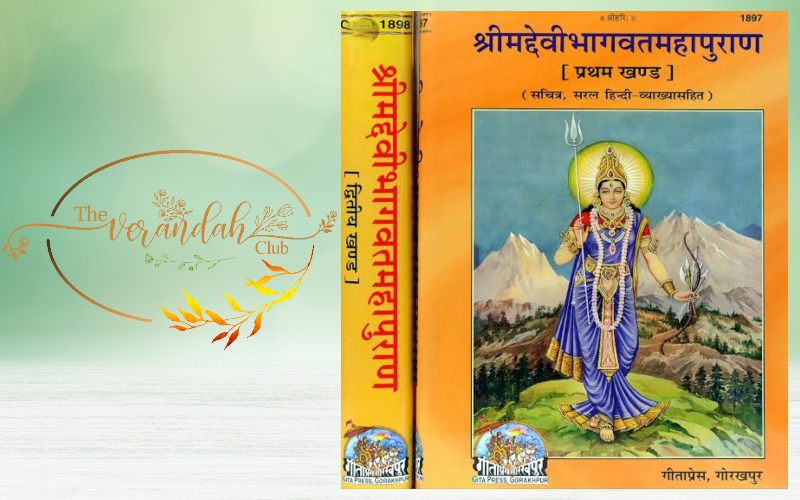
The 'Bhagavata Purana' gives us the connection between Lord Krishna and Yamuna. Once Lord Krishna visited his aunt Kunti at Indraprastha. The Pandavas and Draupadi requested Krishna to stay for a few days. It was during his stay that Krishna sees a young girl strolling on the banks of River Yamuna. Immediately Krishna requests Arjuna to find out who she was. The girl stated that she was Kalindhi, the daughter of Surya and was performing austerities to marry Lord Vishnu. Since Krishna was Lord Vishnu, Kalindhi decided to marry him, and they were blessed with ten sons.
The present Sarsuti originates in the Shivalik Hills and merges with Ghaggar near Pehowa is the paleochannel of River Yamuna. Yamuna has changed her course over time due to shifts in the earth's crust. The grand tributary defines state borders, and it runs parallel to River Ganga. Baghpat, Noida, Hamirpur, Etawah, Kalpi, Firozabad etc., are on its banks. The Sasur Khaderi River is a tributary to this tributary (Fatehpur District). A quizzer would be eager to learn that INS Betwa is named after River Betwa, a tributary of Yamuna.
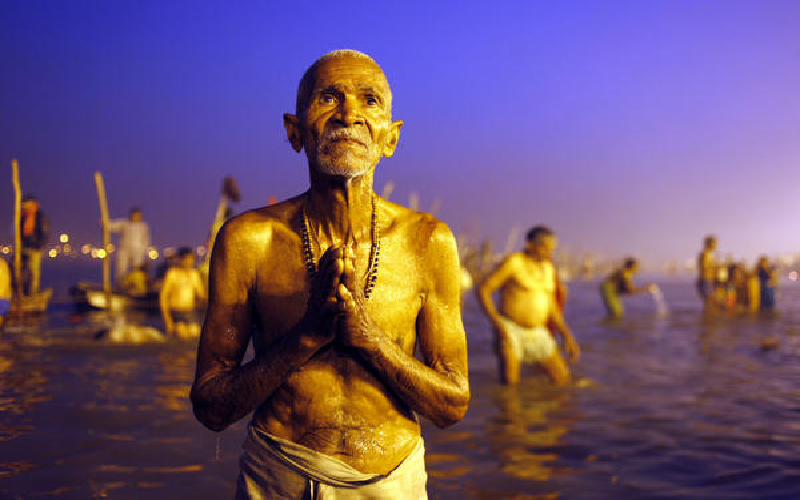
The Ganga is an epitome of asceticism & higher knowledge and therefore can grant liberation (Moksha). However, Yamuna the holder of infinite love can grant freedom from the realm of her brother, Yama. Vallabhacharya fondly calls her ‘Kalindhi’. His work states that her waters are found to be in the colour of Lord Krishna, who is dark in colour (Shyaam). Yamuna is also known as ‘Asita’. Yamuna is among the holiest water bodies of the land. A shrine is dedicated to her at Yamunotri. It is part of the ‘Chota Char Dham’ circuit. The Markandeya Tirtha is nearby, and it is here that the Sage wrote the ‘Markandeya Purana’.
River Yamuna was a tributary of River Ghaggar (it is identified as River Saraswathi). Due to tectonic shifts, it moved towards River Ganga. This resulted in the decline of the Saraswathi Civilisation. Yamuna was found on the records of visiting foreigners too - Seleucus Nicator, Megasthenes and Diadochi. The Magadha, Maurya, Kushana and Gupta empires thrived on the Indo Gangetic plains. The Ganga and Yamuna were highly revered by the people who were domiciled in these kingdoms.
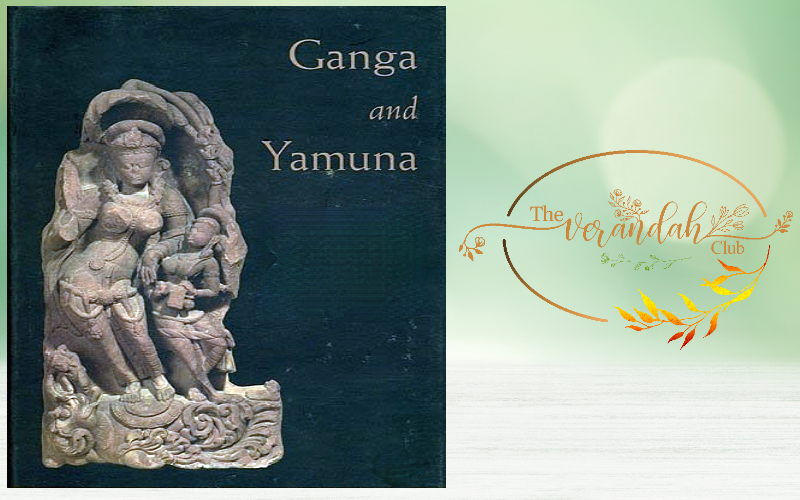
The images of Ganga and Yamuna are found in several shrines from the times of Chandragupta I (375 - 415 AD). We can also find them in the southern India (Rashtrakutas, Chalukyas & Cholas). The River Goddess Temple at Ellora shows Ganga flanked by Saraswathi and Yamuna. The River Yamuna holds an important place in Pushtimarga. It is high time that we ensure that our reverence to our culture is backed by keeping our water bodies clean while we equip ourselves with the knowledge of our ancient traditions. River Yamuna is sure to show us the right path.
NEXT ARTICLE